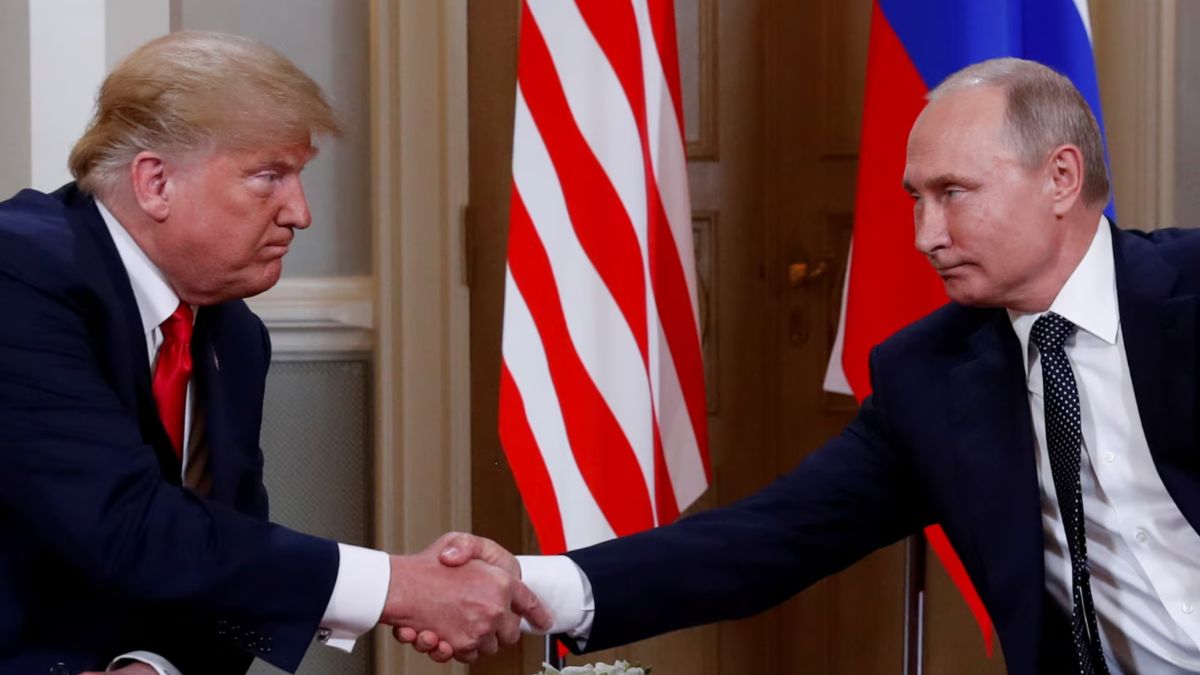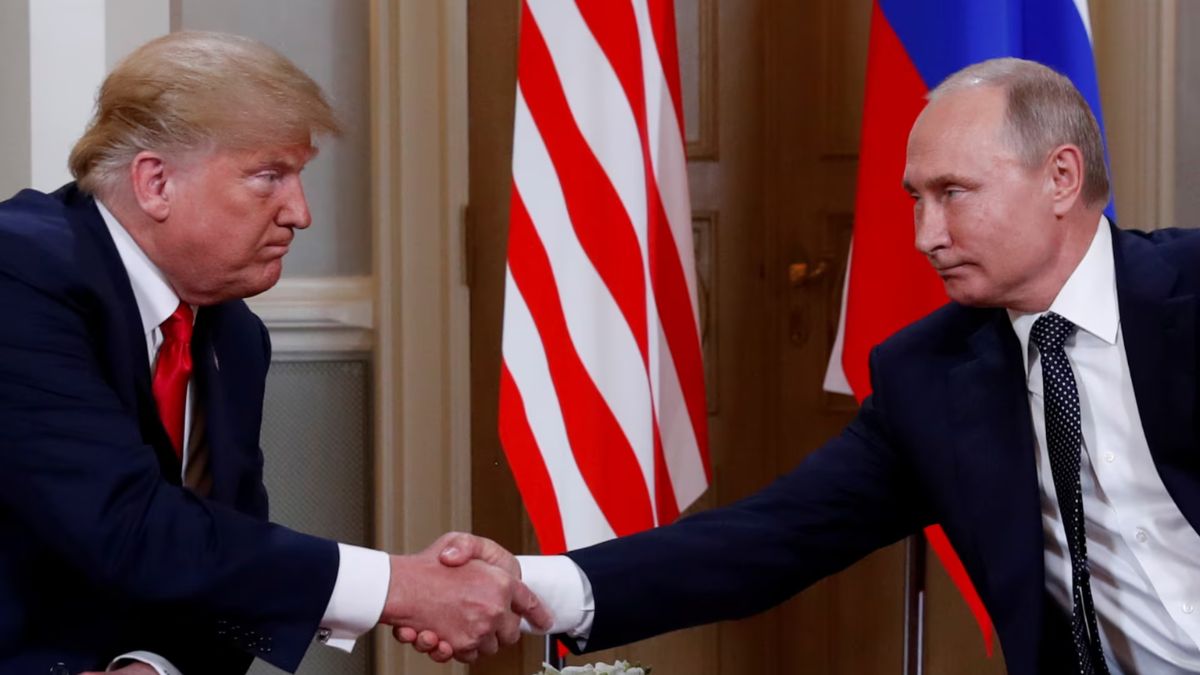Zee Zindagi expands its horizons with its most anticipated web series, Barzakh by offering a glimpse into the enchanting World of Barzakh with six artistic posters. This groundbreaking show is directed by Asim Abbasi, the maverick behind the web series Churails and Cake, a film chosen as Pakistan’s official entry for Oscar consideration. It marks his second collaboration with Zindagi. After Barzakh’s acclaimed premiere at the prestigious Series Mania Festival in France, the series will be available to audiences worldwide on Zindagi’s YouTube and ZEE5 from Friday, July 19th. It stars Fawad Khan, a global favorite icon, and the talented Sanam Saeed.
Barzakh follows the poignant journey of a 76-year-old reclusive man who invites his estranged children and grandchildren to his remote valley resort to celebrate an extraordinary and unconventional event—his wedding with the ghost of his first true love. This emotionally profound narrative makes viewers think about life’s mysteries, what happens after death, and the deep feeling of love that ties us together.
The series unfolds against the backdrop of the picturesque Hunza Valley, showcasing its ethereal beauty and bringing the narrative to life.
Alongside Fawad Khan & Sanam Saeed, the 6-episode series boasts of an exceptional ensemble cast, including Salman Shahid, M. Fawad Khan, Eman Suleman, Khushhal Khan, Faiza Gillani, Anika Zulfikar, Franco Giusti among others. Notably, Zindagi with Barzakh reunites Fawad and Sanam for the first time since their superhit show Zindagi Gulzar Hai 12 years ago.
Asim, where did the idea of casting of Barzakh come from?
From the script, from the characters that were on the script and looking at the space of actors and seeing, who was, sort of the best best suited for those roles.
What is it about the chemistry of Fawad and Sanam that has always worked wonders with the viewers?
I think it’s the authenticity as performers, they are very true to the roles that they play, to the characters that they play, and I think that authenticity leads to relatability. So the audience is able to imagine themselves in their shoes, it is able to empathise with them, and I think that is the mark of a true artist, of a true actor and that is why audiences long for those characters and those actors.
Shailja, since you are the producer of this show, I wanted to ask you, what were the discussions, what were the challenges to curate the entire show and to put everything together?
The challenge was to try and convince Asim to do anything that I wanted. There were no challenges as such. The show was written during COVID times, and Asim spent a lot of those months writing. I think in the early parts of COVID, we tried to start shooting. Shooting in the Hunza Valley had challenges of their own, but I didn’t have to face them. Our other producer, who’s the producer on the show as well from Pakistan, he managed things beautifully. All the cast and crew were invested in the script and invested in Asim’s vision. So I think it went off really smoothly. The post took a lot of time, because it does have a lot of supernatural elements and therefore; apart from that, it was pretty smooth sailing.
Asim, post the pandemic, we have seen so many so many shows and films that are full of violence and gore. Do you feel Barzakh will be that one show that will be a breath of fresh air for the viewers?
There’s no overt violence in the show. There were a lot of shows that were being made that glorified violence, they were adult and modern; even my previous show Churails kind of falls in that bracket. After the pandemic, we wanted to make a show that was about bringing people together, about our shared humanity that rises above our differences and conflicts, and this is what Barzakh is about. It’s about the connection and the meaning that people have for each other, and the beauty of life rather than the sort of the violence of it.
How did you prepare for this show as a director? How was your prep like?
Firstly, spending a lot of time in Hunza. It’s a part of Pakistan and north northern areas, but I had never been there before so I went on a recce three years ago and we spent a lot of time there; there was my production designer, it was interesting because either you get locations or you get a set, but here we had sort of sets being built within the locations and there was a big sort of collaboration between what was created and what already existed and figuring out the visual language because I had never shot in mountains before and marrying all of these things was a huge undertaking and then of course spending time with actors. Sanam’s role was quite different from the type of things that she had done before so my actors have always been very kind enough, no matter how busy their schedules are, that they’ve always found the time to give me for rehearsals and talk to me. I think that is a really big part of their sort of coming into character and then preparing and sort of I prepare with them on those roles.
Shailja, have you seen any changes in which projects are curated or made post pandemic? Do you see any control in cost? I mean, if you can share something with us.
We all know that industry is going through, sort of challenging times, and people are looking, whether it be film, whether it be streaming, whether it be any form of entertainment, to sort of tighten budgets and, streamline it more. When you’re making a project, it requires what it requires. So you choose to either make a project like that or not. Because beyond the point, like, say, for example, if this, show had a lot of VFX, and, that’s the requirement of it, there is no point in scrimping on that later, because then that’s not good for the show. This show was made very efficiently and in controlled budgets, and it required what it required.
It’s a common question, but during the research of this store or anytime is, have you met anybody or interacted with anybody who has been through these supernatural experiences, the paranormal, something eerie that you can share?
Not specifically exactly how it happens in the shows but in Hunza, where we shot this, the shamanic culture is very, very popular, and the belief in fairies is very popular. So they do have these events. They’re tied to special festivals or they’re tied to special moons where they’re sort of, there there’s a tree called juniper tree in in Hunza, which is very famous.
It’s an evergreen tree. So they’ll use the leaves of the juniper tree to go into this hallucinogenic trance kind of state and then they’re able to communicate with the other side of that that’s what the shamans believe and that culture is still, you know, it’s dying down, but it is still like a huge part of their everyday, which was a really interesting thing for me because we don’t get to experience that in urban cities like Karachi and Lahore.


)
)
)
)
)
)
)
)
)



